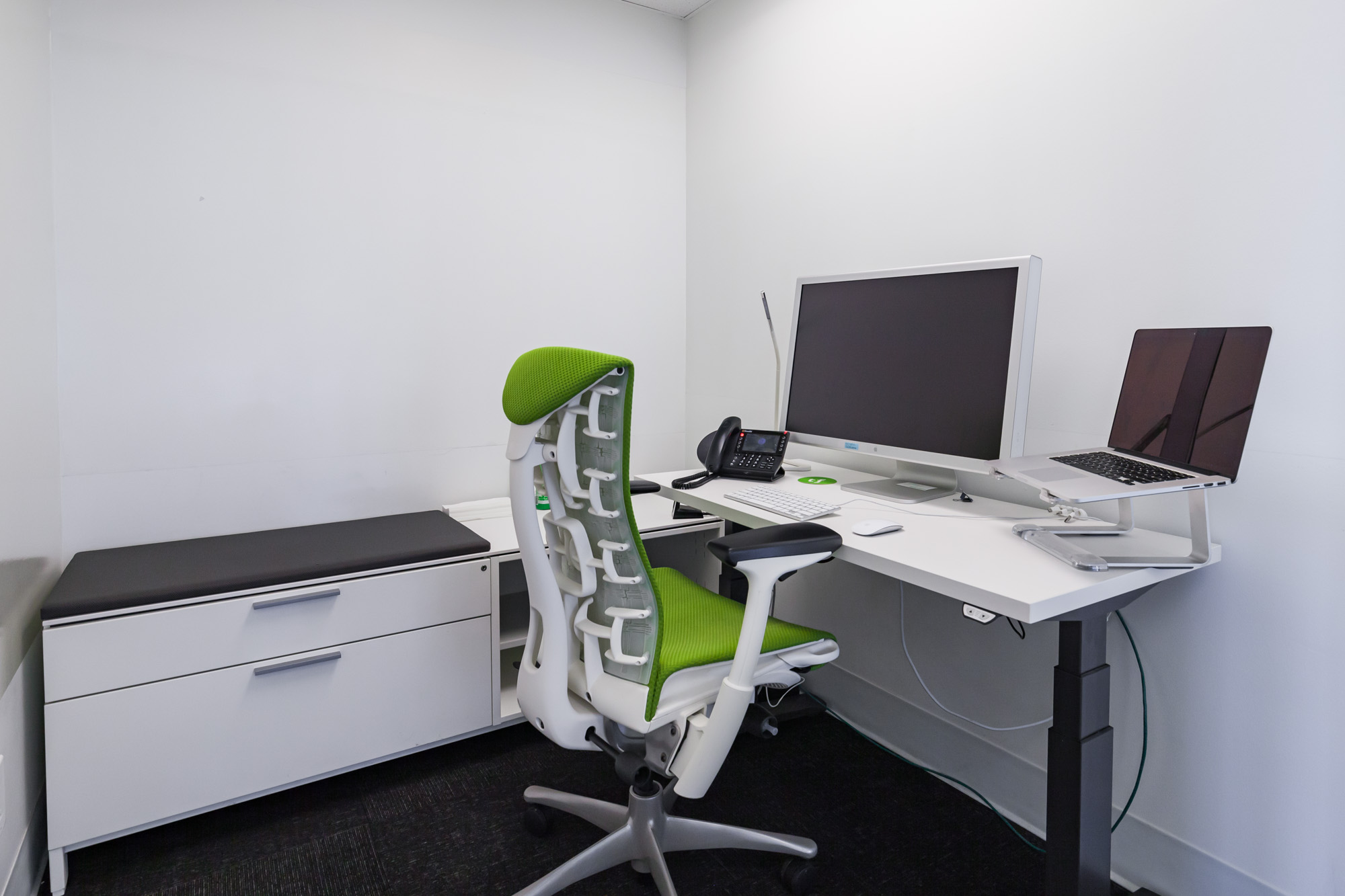Can your office furniture survive a complete business pivot without becoming obsolete? Modular office furniture reduces replacement costs by 65% over five years while office wellness improves by 42% when employees work with adaptable environments supporting diverse activities. Businesses using modular systems reconfigure workspace layouts three times annually without productivity disruption, while traditional furniture locks companies into rigid arrangements that quickly become outdated. Yet most organizations continue making expensive fixed furniture investments that last just thirty-six months before requiring complete replacement.
It is crucial to find a design-build office interior designer that masters modular integration to create future-proof environments, with a commercial interior expertise ensuring furniture investments to deliver long-term value through systematic adaptability rather than disposable solutions.
Kinetic Wall Systems
Vertical workspace utilization transforms limited square footage while office interior design incorporating wall-mounted modular systems creates functional capacity without consuming floor space essential for circulation and collaboration. Research shows that vertical storage and work surfaces can increase usable workspace by 40% compared to floor-based furniture alone, particularly critical for expensive urban Canadian locations where square footage costs continue escalating.
Transformable wall panels enable instant room division while commercial interior designer coordination creates private meeting spaces from open areas without permanent construction or space dedication. Professional systems include integrated whiteboards, acoustic dampening, and technology mounting that transform blank walls into productive work surfaces. Interior design services specify panels that slide, fold, or pivot to accommodate varying privacy and acoustic requirements throughout workdays.
Gravity-assisted height adjustment allows ergonomic positioning while source office furniture selections include wall-mounted desks and work surfaces that adjust vertically to accommodate standing or sitting preferences. Canadian office furniture manufacturers produce spring-balanced systems enabling effortless height changes without electric motors or complex mechanisms that require maintenance.
Cable management integration within wall systems prevents visual clutter while office furniture design coordinates power distribution and data connectivity vertically rather than horizontally across floors where cables create trip hazards. Professional installation conceals infrastructure within wall systems while maintaining easy access for modifications and technology upgrades.
Design-build office interior designer approaches prove essential for wall system integration because structural considerations, electrical routing, and acoustic planning require coordination from project inception rather than retrofit attempts that compromise both functionality and safety.
Nomadic Meeting Pods
Mobile acoustic enclosures enable privacy placement while office interior design creates impromptu confidential spaces wherever needed without permanent room dedication that consumes valuable square footage. Research demonstrates that 70% of meetings involve three people or fewer, yet traditional conference rooms accommodate eight to twelve, creating massive space inefficiency that mobile pods eliminate.
Sensory transition zones affect conversation quality while interior design services coordinate pod interiors that psychologically shift occupants from open workspace mindset to focused discussion mode. Professional teams select materials, lighting, and acoustic properties that clearly signal purpose through environmental cues that prepare minds for different interaction types.
Technology integration within mobile units while commercial interior designer expertise ensures power, video conferencing, and display capabilities travel with pods rather than tethering meeting locations to fixed infrastructure. Advanced systems include wireless charging, built-in displays, and cloud connectivity that eliminate the technology barriers preventing flexible space utilization.
Stackability enables storage efficiency while modular office furniture specifications include designs that nest or fold when not needed, preventing space consumption during low-meeting periods. Canadian manufacturers create pods that collapse to 30% of operational footprint, enabling efficient storage without sacrificing acoustic performance or comfort features.
Territorial neutrality increases utilization while office wellness benefits emerge when meeting spaces belong to everyone rather than specific departments hoarding resources. Mobile systems democratize access to quality meeting environments while preventing the territorial behaviors that emerge around fixed conference rooms.
Biometric Workstation Orchestras
Sensor-driven furniture adaptation supports individual biology while office interior design coordinates workstations that learn and respond to personal rhythms, postures, and preferences without manual adjustment. Research shows that automated ergonomic optimization increases sustained productivity by 28% compared to manual adjustment systems that employees rarely use despite good intentions.
Posture coaching through haptic feedback while source office furniture includes gentle vibration alerts when workers maintain unhealthy positions, guiding better habits without disruptive notifications. Professional systems track sitting duration, slouching frequency, and movement patterns while providing subtle cues that encourage healthier behaviors throughout workdays.
Circadian lighting integration within workstation environments while commercial interior designer coordination ensures task lighting follows natural patterns that support alertness and melatonin regulation. Advanced systems adjust color temperature and intensity based on time of day and individual preferences learned through continuous monitoring of user behavior and productivity patterns.
Thermal micro-climate control enables personal comfort while interior design services integrate localized heating and cooling within individual workstations that prevent the temperature battles plaguing shared environments. Professional installations provide discreet personal climate control that empowers employees without affecting neighboring workers.
Design build office interior designer teams excel at biometric furniture integration because infrastructure requirements including power distribution, data connectivity, and control systems demand unified planning that traditional procurement cannot achieve effectively.
Activity-Based Furniture Ecosystems
Task-specific environmental cues enhance cognitive transitions while office interior design creates distinct furniture zones that psychologically prepare minds for different work modes. Neuroscience research demonstrates that environmental consistency helps brains recognize appropriate mental states, with focused work furniture triggering concentration while collaborative pieces activate creative openness.
Transition ritual spaces between activity zones while modular office furniture enables physical movement that mentally separates different work types rather than attempting all activities at identical workstations. Professional layout design includes intermediate zones where workers psychologically shift between focus and collaboration modes through environmental gradients.
Ownership psychology affects utilization while Canadian office furniture selection balances assigned personal zones with shared resources that increase utilization while maintaining individual territory needs. Research shows that workers require some personal space while benefiting from access to specialized environments for specific activities, requiring careful balance in activity-based designs.
Sensory variety prevents adaptation fatigue while interior design services specify different textures, colors, and acoustic properties across activity zones that maintain environmental awareness rather than creating monotonous sameness. Professional teams understand that humans habituate to consistent environments, requiring deliberate variety that keeps workspaces psychologically engaging.
Success metrics tracking validates investment while office wellness initiatives measure utilization rates, satisfaction scores, and productivity outcomes across different activity zones, enabling continuous optimization. Advanced systems provide data showing which environments support which work types most effectively.
Hybrid Work Infrastructure
Seamless remote worker integration while office interior design includes furniture systems that make virtual participants equal contributors rather than afterthoughts during hybrid meetings. Research shows that 60% of hybrid meetings fail to engage remote participants effectively, creating two-tier collaboration that undermines team cohesion and organizational effectiveness.
Equipment storage within furniture prevents setup delays while commercial interior designer planning coordinates camera, microphone, and display integration that eliminates the fifteen-minute technology struggles preceding hybrid meetings. Professional systems include preset configurations that activate instantly, enabling smooth transitions between in-person and hybrid collaboration.
Personal device integration supports employee technology preferences while source office furniture provides universal connectivity regardless of laptop brand, phone type, or tablet preference. Canadian manufacturers create docking solutions that work across platforms while maintaining organized appearances and cable management.
Hoteling system coordination enables flexible seating while modular office furniture includes locker systems and mobile storage supporting non-assigned workplace models where employees select locations based on daily activities. Professional installations maintain personalization options while supporting the space efficiency that hoteling enables.
Booking system integration prevents utilization conflicts while interior design services coordinate sensor networks that track actual furniture usage rather than scheduled reservations, exposing underutilized assets and optimization opportunities. Advanced analytics identify patterns enabling better space planning and furniture investment decisions.
Frequently Asked Questions (FAQ):
How do design build office interior designer teams ensure modular office furniture integration achieves both immediate functionality and long-term adaptability?
Design build office interior designer teams ensure modular integration through comprehensive planning coordinating structural requirements, infrastructure needs, and future expansion scenarios from project inception. They analyze business growth projections and workspace evolution patterns when specifying modular systems that accommodate both current operations and anticipated changes. Commercial interior designer professionals coordinate wall system installations, mobile furniture pathways, and biometric infrastructure requiring electrical and data planning that traditional procurement cannot achieve effectively. Interior design services document usage patterns and flexibility requirements ensuring modular investments support organizational agility while maintaining consistent performance throughout multiple reconfiguration cycles.
What specific advantages do Canadian office furniture manufacturers provide for modular systems compared to imported alternatives in modern workspaces?
Canadian office furniture manufacturers provide modular systems designed specifically for Canadian building codes, climate conditions, and workplace regulations ensuring compliance and optimal performance. They offer local service support enabling rapid component replacement and system expansion without international shipping delays or coordination challenges. Source office furniture through Canadian manufacturers provides guaranteed long-term component availability essential for modular systems requiring consistent aesthetics and connectivity across multi-year deployments. Design build office interior designer partnerships with Canadian suppliers enable coordinated planning where infrastructure specifications support modular objectives while meeting regional requirements for accessibility, safety, and environmental standards.
How does office wellness improve through modular furniture compared to traditional fixed systems in supporting employee biological rhythms and psychological needs?
Office wellness improves through modular furniture enabling environmental variety supporting natural biological rhythms and psychological transitions between work modes. Biometric workstations respond to individual circadian patterns and ergonomic requirements while activity-based ecosystems provide sensory variety preventing adaptation fatigue that fixed environments create. Commercial interior designer coordination ensures modular systems support movement between focus and collaboration zones triggering appropriate mental states through environmental cues. Interior design services measuring wellness outcomes demonstrate modular environments reduce stress through personal control and environmental choice while supporting diverse working styles and biological preferences that fixed furniture cannot accommodate effectively.
Key Takeaways
- Modular office furniture reduces replacement costs by 65% over five years while enabling workspace reconfiguration three times annually without productivity disruption
- Kinetic wall systems increase usable workspace by 40% through vertical storage and work surfaces preventing floor space consumption essential for circulation
- Mobile meeting pods eliminate space inefficiency where 70% of meetings involve three people or fewer yet traditional conference rooms accommodate eight to twelve
- Biometric workstation integration increases sustained productivity by 28% through automated ergonomic optimization responding to individual biology and posture patterns
- Design build office interior designer coordination proves essential for modular integration requiring structural considerations and infrastructure planning from project inception
- Activity-based furniture ecosystems leverage spatial psychology creating environmental cues that enhance cognitive transitions between different work modes
- Hybrid work infrastructure enables seamless remote worker integration preventing two-tier collaboration undermining team cohesion in 60% of virtual meetings
- Canadian office furniture manufacturers create systems supporting non-assigned workplace models through integrated locker systems and mobile storage solutions
- Interior design services measuring utilization rates and productivity outcomes across activity zones enable continuous optimization through data-driven decision making
- Office wellness improves by 42% when employees work with adaptable environments supporting diverse activities through modular furniture supporting biological rhythms
Modular office furniture represents strategic infrastructure supporting organizational agility rather than simple workplace furnishings. Professional commercial interior designer teams who understand financial longevity, sensory transitions, and employee psychology create environments that evolve efficiently with business needs while maintaining consistent functionality. When companies invest in comprehensive modular systems through experienced design-build office interior designer partnerships and coordinate installations through knowledgeable interior design services, they achieve sustainable competitive advantages through workspaces that adapt continuously without expensive replacement cycles while supporting employee wellness and organizational flexibility throughout business evolution and market changes.

